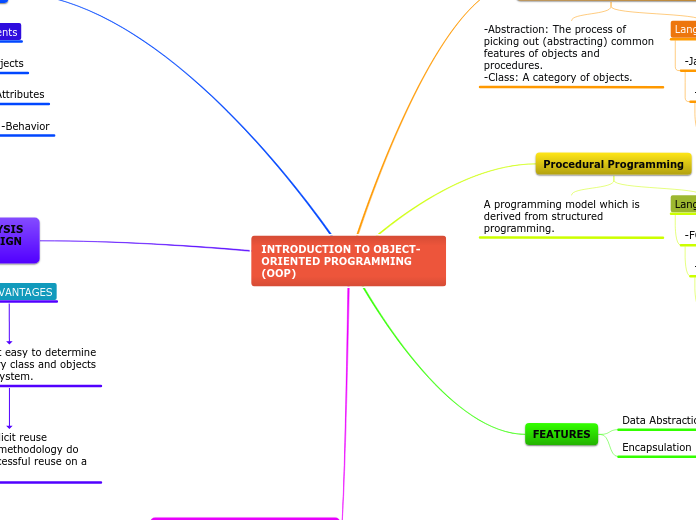av Iffah Hazwani för 5 årar sedan
642
INTRODUCTION TO OBJECT-ORIENTED PROGRAMMING (OOP)

av Iffah Hazwani för 5 årar sedan
642

Mer av detta
Without an explicit reuse procedure this methodology do not lead to successful reuse on a large scale.
It provides re-usability
-Attributes
-Behavior
-ALGOL
-COBOL
-Python
-C++